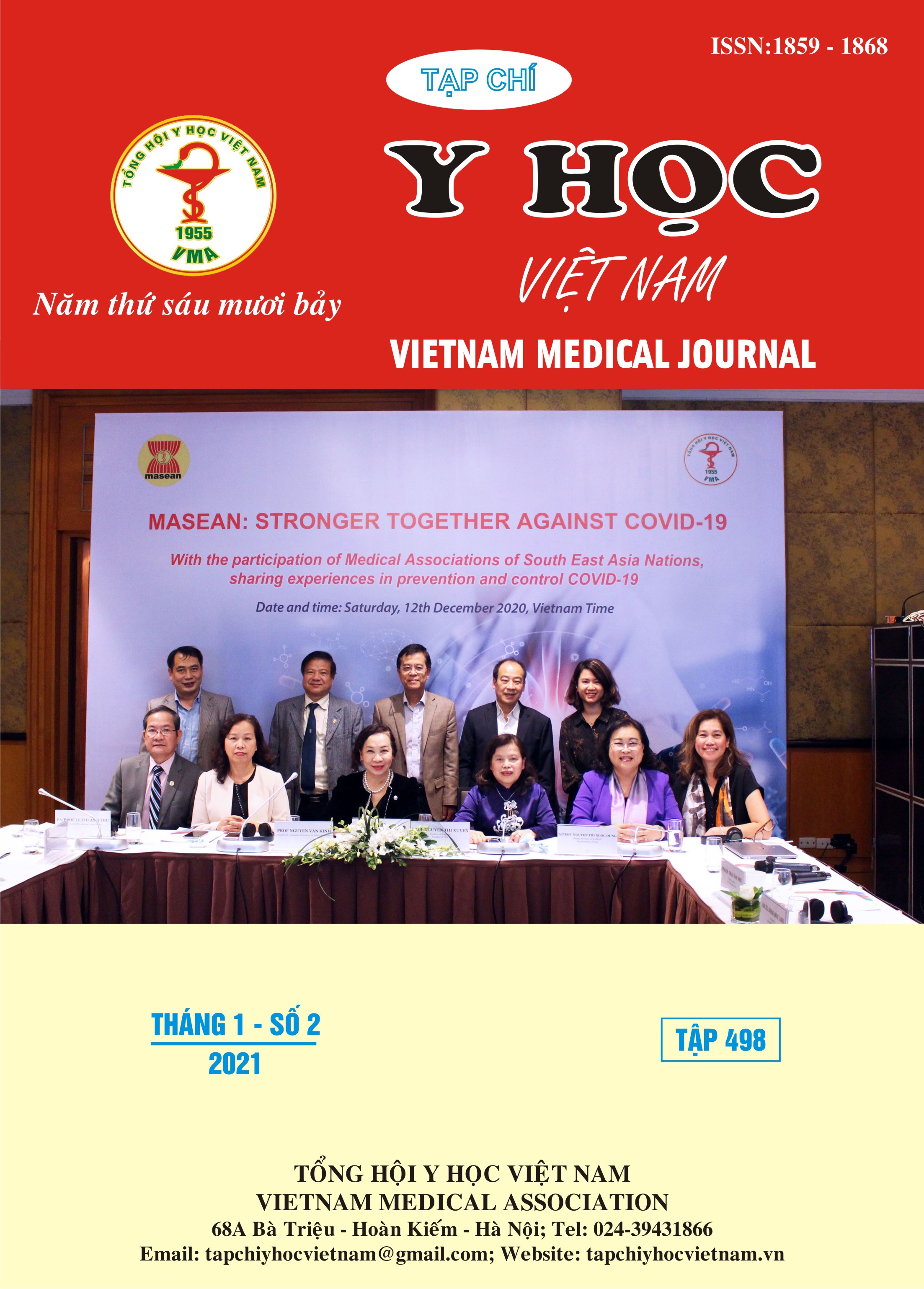SURVEILLANCE OF HEALTH PROFESSIONALS’ SATISFACTION WITH DIFFERENT FORMS OF SEVOFLURANE IN VIETNAM
Main Article Content
Abstract
Background: Sevoflurane is one of the most common used anesthetic agents. The satisfaction of medical staffs with sevoflurane forms in Vietnam is an important criterion in drug selection. Objectives: Survey of health professionals’ satisfaction with available forms of sevoflurane in Vietnam. Methods: The multi-center study investigated the satisfaction of anesthesiologists and anesthesia technicians towards sevoflurane’s different forms in 5 hospitals in Vietnam. Overall satisfaction for a particular drug was assessed based on satisfaction index and importance index on each criterion for each respective drug on a 5-level Likert scale. Results: Surveying 96 anesthesiologists and 118 anesthesia technicians, the study noted that the satisfaction score for brand name sevoflurane was higher than generic drug for both anesthesiologists (4.29 versus 3.67, p = 0.000) and anesthesia technicians (3.83 versus 3.17, p = 0.000). Considering each individual criterion, a similar picture is also noted, except for the criterion of drug price, in which there is no statistical difference in satisfaction score between sevoflurane brand-name and generic in both anesthesiologists and anesthesia technicians. Conclusions: Anesthesiologists and anesthesia technicians' satisfaction with the brand-name sevoflurane was higher than generic in all criteria (except for drug price) and overall score.
Article Details
Keywords
satisfaction, sevoflurane, brand-name, generic
References
2. Nandalan S. P., Eltringham R. J. , Fan Q. W. (2005). Cost-effectiveness of basal flow
sevoflurane anaesthesia using the Komesaroff vaporizer inside the circle system. Anaesth Intensive Care, 33(5): p. 609-15.
3. Byon H. J., et al. (2015). An open-label comparison of a new generic sevoflurane formulation with original sevoflurane in patients scheduled for elective surgery under general anesthesia. Clin Ther, 37(4): p. 887-901.
4. Yamakage M., et al. (2007). Analysis of the composition of 'original' and generic sevoflurane in routine use. Br J Anaesth, 99(6): p. 819-23.
5. Portella A. A., et al. (2010). A double-blind comparative study between Generic Sevoflurane and Sevorane™. Rev Bras Anestesiol, 60(5): p. 466-74.
6. Yasny J. S. and White J. (2012). Environmental implications of anesthetic gases. Anesth Prog, 59(4): p. 154-8.
7. Baker M. T. (2007). Sevoflurane: Are there differences in products ?. Anesthesia & Analgesia, 104(6): p. 1447-1451.
8. Grigoroudis E. and Spyridaki O. (2003). Derived vs. stated importance in customer satisfaction surveys. Operational Research, 3: p. 229-247.


